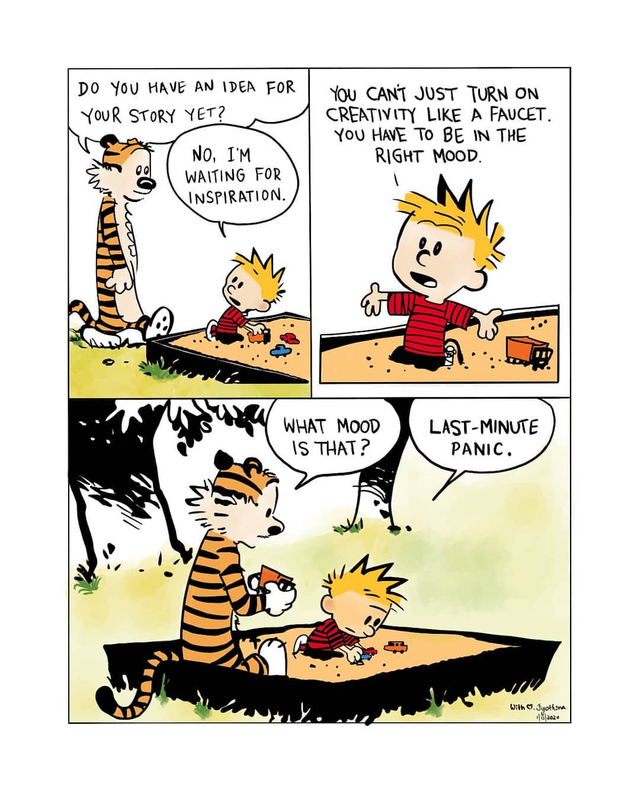#12. Tiling a Rectangle by Squares
(Back to course page.)
Link to Slides · Link to Recording
I cross referenced Andrew Putman’s notes for this presentation. Here is another discussion that might be of interest.
Prompts for discussion:
Does this proof break down if we try to use it to show that there is no tiling of a rectangle, irrational, with (countably) infinite squares?
Squaring the square is the problem of tiling an integral square using only other integral squares. More on this related problem here.
The Wallace–Bolyai–Gerwien theorem answers the question when one polygon can be formed from another by cutting it into a finite number of pieces and recomposing these by translations and rotations. The theorem states that this can be done if and only if two polygons have the same area. Hilbert’s third problem is the analogous statement about polyhedra in three dimensions, and Dehn proved Hilbert’s conjecture that this isn’t always doable.
Vinay shared a self-contained version of the proof that does not require an understanding of the vector space of reals over rationals, which I am taking the liberty to share here:
Consider a rectangle with sides 1 and , where is irrational. We want to show that it can’t be tiled by squares.
Suppose otherwise. Let’s say we used squares to tile the rectangle. We will demonstrate a contradiction. To do so, we will exploit the fact that is irrational. One way to do so is to define a finite dimensional vector space over by generating the vector space via rational linear combinations on . Here ’s are the elements of that are linearly independent.
Any vector in this vector space can be written as , where the coefficients are all rationals. Now define a linear function , by first defining it on the basis elements: . It is easy to verify . So maps to the rationals. And it is easy to check that and which makes it a linear map.
The rest of the proof is as before.

